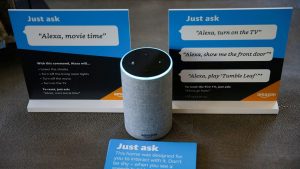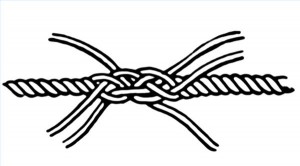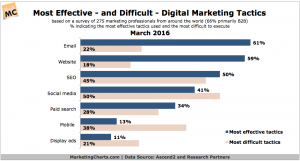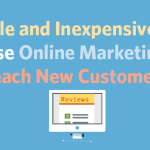— February 4, 2018
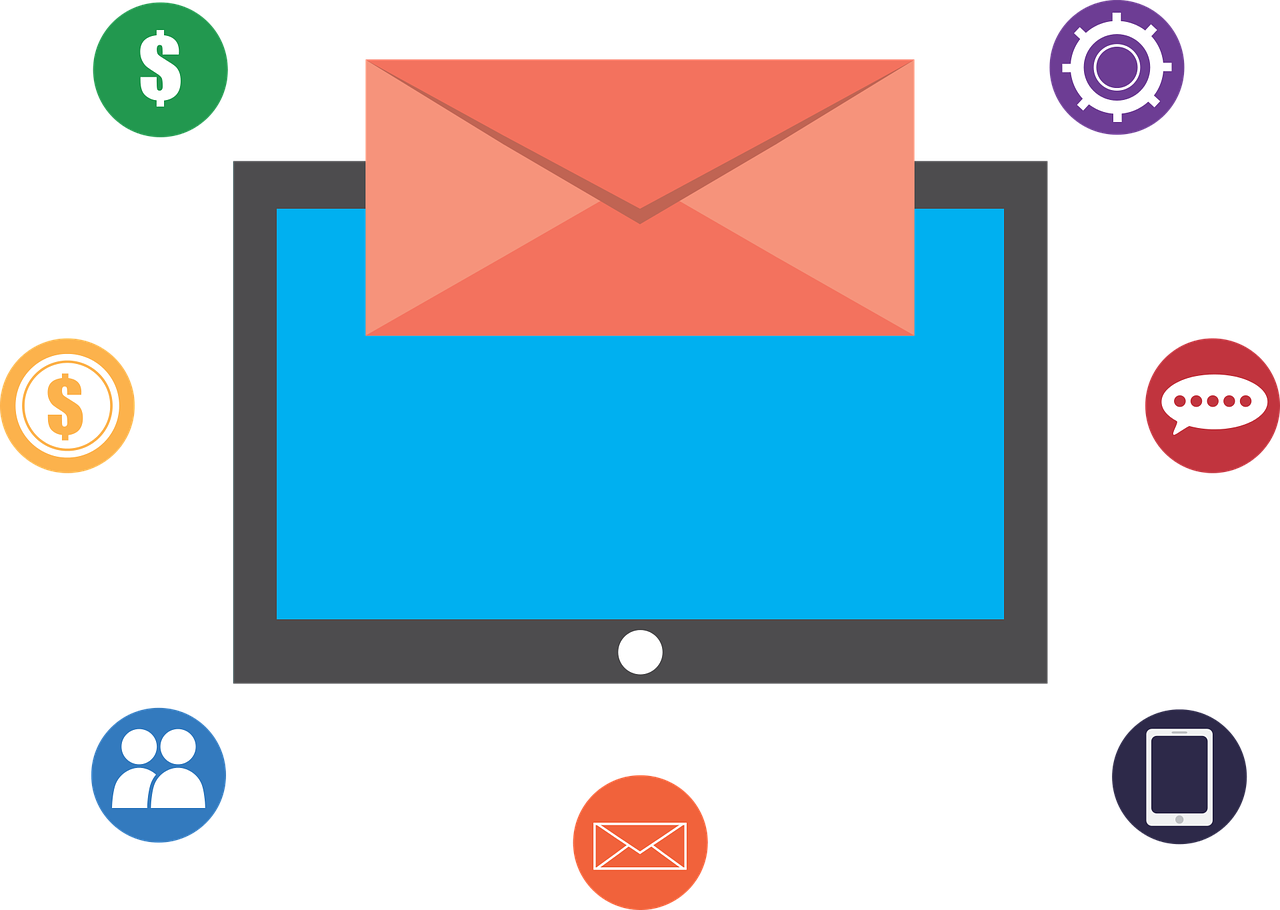
Maialisa / Pixabay
Your inbox is the source of many things – and one of them is likely stress.
Think about how many emails you received last week. How many hours did you spend in your inbox, deleting, archiving, responding, procrastinating…
Now think about how many emails you sent last week.
If the average office worker is receiving 121 emails per day and sending 40, how many do you think that executive you’re trying to get a hold of is getting bombarded with?
Put yourself in your client’s shoes for a moment. If you were them, what would it take to respond to cold email?
The answer is… a lot. That’s why today we’re focusing on quick, actionable tips to help you get noticed and get your client the value you can provide them with.
1. Figure out exactly who the decision maker is.
If you’re not talking to the right person, why are you starting a conversation with them? Not getting clear on who you are sending an email to is a fast track to the trash, and it doesn’t matter what level in a company you’re at.
2. Personalize your email.
Changing a cold template email to reflect the person’s name isn’t enough. You need to add a sentence or two that creates familiarity between you and the person on the other side of the screen. But to do that, you’ll need a little something extra.
3. Make a connection.
For an email to hit home with someone you don’t know, it’s vital you make it matter to them. There’s no better way to do that than to identify the common ground between you.
Hot Tip: Use a scraping tool to gather crucial data from social platforms to maximize engagement.
4. Keep it about them.
Especially when you’re sending a cold email, your recipient already knows you want something. If you want a response, keep the email centered on the most important person in the transaction – them.
5. Add value.
Demonstrate that you understand their needs. Make it obvious that you can solve a problem for them. And you can go way beyond your company’s solution – see if they’ve asked for recommendations recently on social platforms.
6. Keep it short.
This is self-explanatory. Show some class, and don’t waste people’s time.
7. Send it at the right time.
Content marketers are constantly running tests to see when the most effective time to send an email is, and this exhaustive list from CoSchedule is no exception.
Figure out when your prospect is at their desk answering emails (or on their phone), and capitalize on it.
8. Keep following up.
Thanks to being able to schedule emails with apps like Boomerang, there’s no excuse not to.
Digital & Social Articles on Business 2 Community
(28)
Report Post


